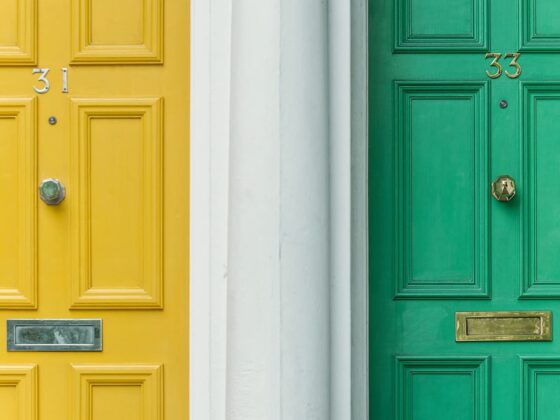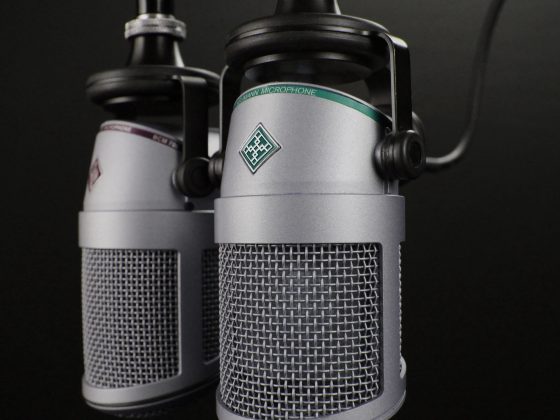Art market guarantees are increasing in popularity and provide a valuable solution for both potential sellers and guarantors to practically deal with sales. Every art dealer and every collector is concerned about selling artwork at auction because if the object fails to sell, it shall then become “tainted” or “burned”, in the eyes of the marketplace and so becomes more difficult to sell, unless a significant discount is attached.
A sale by auction however does expose the artwork to the largest number of potential buyers, so increasing the chance to sell at the best price possible. However, notwithstanding the fact that professional estimates and valuations are generally conducted before every auction, there will always be a number of pieces of art that go unsold in every auction. This is the main reason why irrevocable bids and third-party guarantees are put in place, trying to ensure that the seller is “covered”, regardless of the way that the auction goes.
Third-party guarantees are set up in consideration of the party for taking the risk and capitalizing on the eventual upsides of a sale. Sometimes it is the auction house that puts the guarantees in place, at other times it is the collector, or an investor doing that.
Such guarantees have been an important part of the top end of the art market scene for decades, but are now attracting additional interest given the exponential growth of the art market, in Asia Pacific and especially in Hong Kong.
Why is a third-party guarantee known as an “irrevocable bid”?
The concept of irrevocable bids started a few years ago when the art market and overall value of the actual art auction grew dramatically. Since such bids are made in advance of the auction, they limit the exposure of the auction house. As a matter of fact, they remove the need for the auction house to put up a guarantee. Then if the irrevocable bidder secures the work, he or she pays the same premium as any other bidder, but if the price goes above that level and somebody else buys the lot, the irrevocable bidder is rewarded by a slice of the deal, the premium given by the “upside split”.
Different Scenaria
A very common example is that of an artist or a collector who wants to sell a piece of artwork and negotiates with multiple auction houses, eventually signing a “consignment contract” on specific terms:
- “Price guarantee at a minimum amount”. This is the minimum sum of money the auction house guarantees to pay the seller after the auction. The consignor is entitled to this minimum price no matter what happens in the auction and the risk of the sales has now totally shifted to the auction house.
- “Upside split by percentage”. With a bit of luck, the artwork sells for a hammer price which is above the price guarantee minimum amount and – when it does – the contracted upside split determines how this amount will be divided between the consignor and the auction house. For example, 70% of the upside might go to the consignor, with the remaining 30% going to the auction house.
- “Price range auction estimate”. The auction house wants to communicate to potential bidders that it believes a certain artwork will sell for a hammer price in a range between two specific amounts.
We assume that such eventuality happens in three different scenaria:
- “Above initial estimation hammer price”. The consignor and auction house both get a very positive outcome when the artwork has fetched a price well above what was initially expected. In such a case the consignor gets the minimum amount price guarantee and – in addition – the percentage split of the upside. At the same time the guarantor gains an advantage, as it adds the percentage split to the profit made to the difference between the minimum guarantee and the final selling price.
- “Equal to minimum amount hammer price”. The sale is made without too large a profit, the consignor gets the hammer price from the buyer, but the guarantor receives no upside, even if there’s the buyer’s premium to be considered for the auction house.
- “Bidding falls short of the minimum amount guarantee”. The seller still gets the amount initially guaranteed, but the guarantor now has the artwork to pay for, creating financial exposure.
When a consignor sells with a guarantee, they are effectively buying an insurance policy from the guarantor or the auction house. A guarantee on a piece of art is somewhat similar to an option on a stock purchase and could be compared to another kind of financial derivative.
Current Structures
Third-party guarantees are certainly controversial, since they can distort the market and push prices up, even though the guaranteed amount is not revealed or made public.
In addition, there are the continuing concerns that stakeholders push market values for specific artists connected to their own financial interest, often acting as a guarantor and putting in a guaranteed bid.
In any case, the terms and conditions of each guarantee are negotiable and considering the impact it can have on the amount that a seller would receive as a result of the guarantee, professional legal advice is essential.
The team at Hugill & Ip has extensive experience in dealing with art law and with financial and risk management issues – so if you need further advice on these subjects, please get in touch with us to find out how we can practically help.
This article is for information purposes only. Its contents do not constitute legal advice and readers should not regard this article as a substitute for detailed advice in each individual instance.




